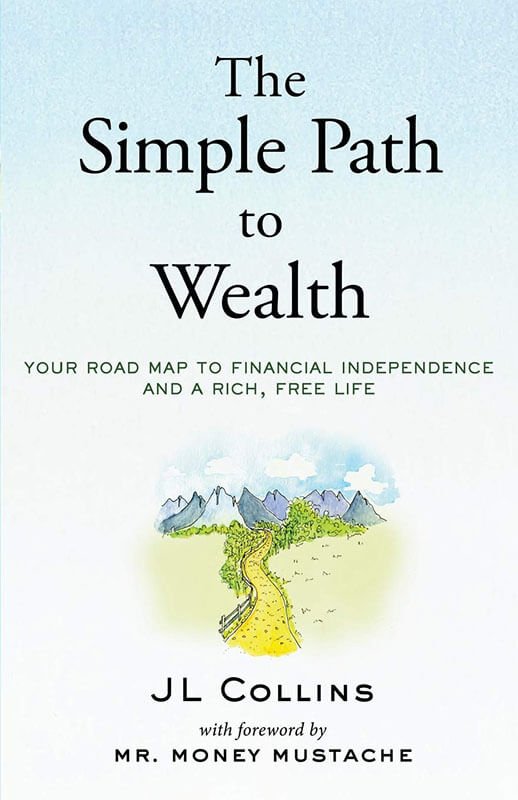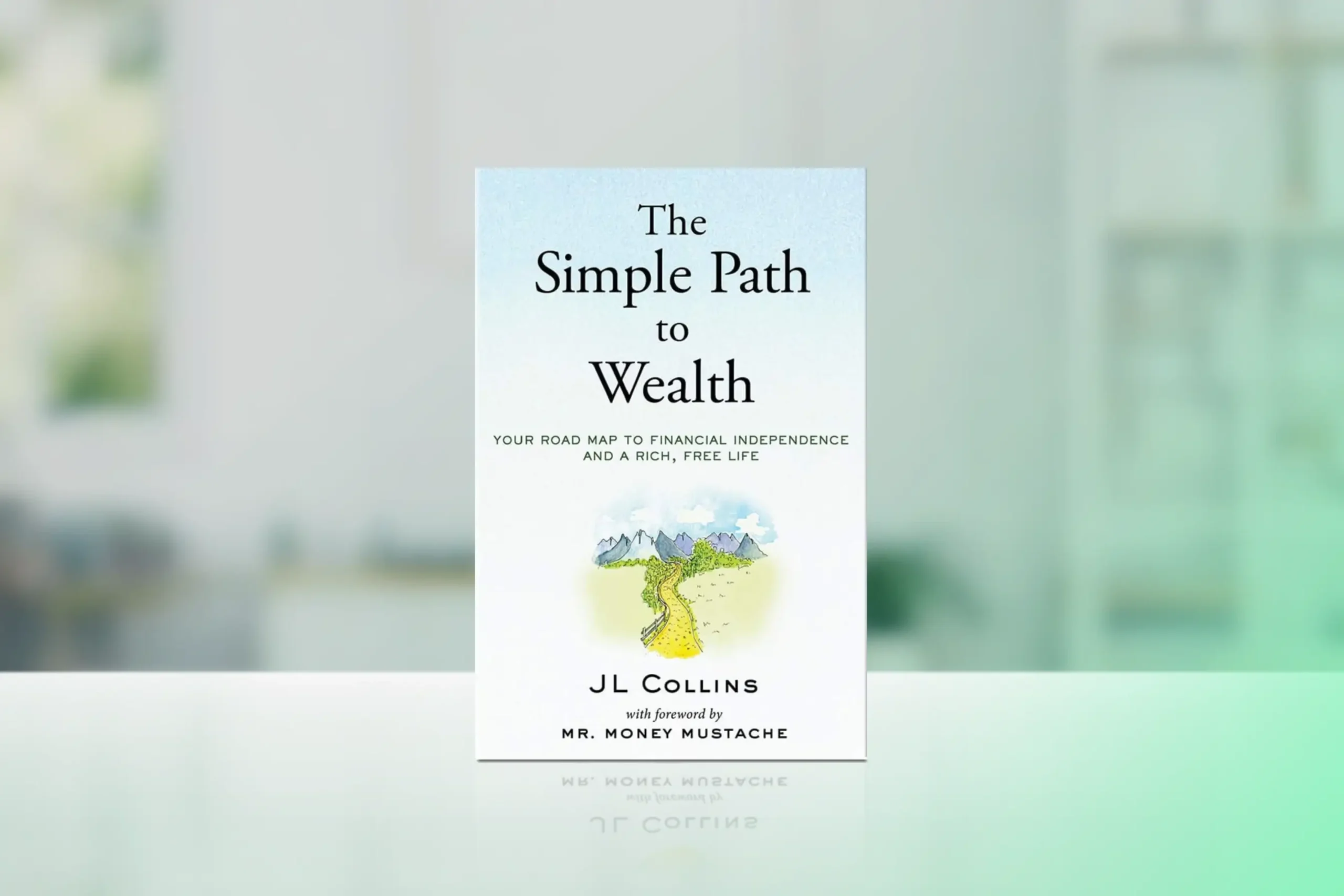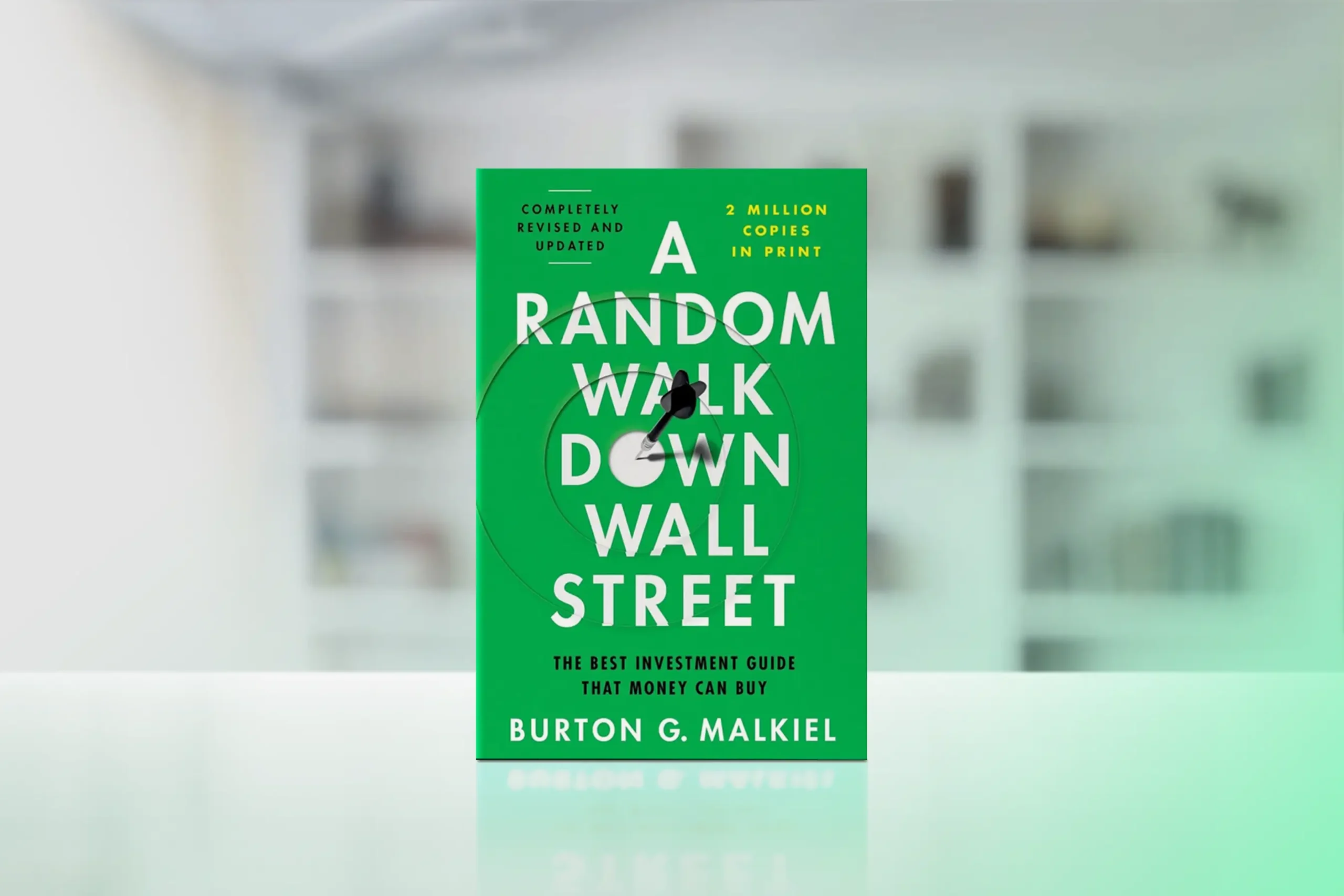“The Simple Path to Wealth: Your road map to financial independence and a rich, free life” by JL Collins, published in 2016, has become a cornerstone text in the financial independence movement. Originally evolved from a series of letters to his daughter, Collins distills complex investment concepts into actionable wisdom.
The book’s core premise is that building wealth doesn’t need to be complicated – in fact, simplicity is the key to long-term financial success. What sets this book apart is its remarkable ability to make investing accessible to anyone, regardless of their financial background or experience.
Core Concepts
“The Simple Path to Wealth” revolves around three fundamental principles:
- Spend less than you earn and invest the surplus
- Avoid debt
- Keep your investments simple by focusing on low-cost index funds
The methodology presents a straightforward approach to building wealth through passive investing, specifically advocating for broad-market index funds as the primary investment vehicle.
Chapter-by-Chapter Review
The Market Always Goes Up
Explores the historical performance of the stock market and why, despite short-term volatility, it reliably grows over long periods. Collins uses compelling data from the past century to demonstrate how the market has consistently rewarded patient investors, even through major economic downturns.
Debt: The Only Thing That Can Make You Poor
Emphasizes the destructive power of debt and provides strategies for avoiding and eliminating it. The chapter offers practical steps for debt reduction and explains why even “good debt” should be approached with caution. Collins shares personal stories that illustrate the emotional and financial impact of becoming debt-free.
The Magic of Index Funds
Details why low-cost index funds outperform actively managed investments over time, backed by compelling data and research. The author dismantles common myths about active investing and provides a step-by-step guide to selecting and purchasing index funds.
F-You Money
Introduces the concept of financial independence and how it provides freedom and options in life decisions. Through real-world examples, Collins demonstrates how building this financial cushion can transform your relationship with work and life choices.
Asset Allocation
Explains how to balance stocks and bonds based on your risk tolerance and life stage. The chapter includes specific portfolio recommendations for different life stages and detailed rebalancing strategies to maintain your target allocation.
Social Security and Pensions
Discusses how to incorporate these income streams into your retirement planning. Collins provides insights into optimizing Social Security benefits and evaluating pension options, while explaining how these traditional retirement vehicles fit into the broader wealth-building strategy.
Key Strengths
- Crystal-clear explanations of complex financial concepts
- Actionable steps for immediate implementation
- Strong focus on behavioral aspects of investing
- Backed by extensive historical data and research
- Remarkably simple and sustainable strategy
Potential Drawbacks
- May be too conservative for some investors seeking higher returns
- Limited coverage of real estate investing
- US-centric investment advice
Who This Book Is For
This book is ideal for:
- Beginning investors seeking a proven investment strategy
- Mid-career professionals looking to optimize their retirement planning
- Anyone interested in achieving financial independence
- People overwhelmed by complex financial advice seeking clarity
Final Review
“The Simple Path to Wealth” delivers exactly what it promises – a straightforward, effective approach to building wealth. Collins’ writing style makes complex financial concepts accessible while providing a practical blueprint for financial independence. The book’s emphasis on low-cost index funds and long-term thinking creates a sustainable strategy that virtually anyone can follow.
Rating: 4.5/5
While no single investment book can cover everything, this one provides an excellent foundation for financial independence. Its enduring popularity and high rating reflect its ability to transform complex financial concepts into achievable actions for readers at any stage of their wealth-building journey.

Alternative Books
If you are looking for other books like “The Simple Path to Wealth”, consider these alternatives:

“The Psychology of Money” by Morgan Housel
Focus on behavioral aspects of money management and investing.
Rating: 4.7/5

“Your Money or Your Life” by Vicki Robin and Joe Dominguez
Explores the philosophical side of money and its role in life satisfaction.
Rating: 4.5/5

“The Bogleheads’ Guide to Investing” by Taylor Larimore, Mel Lindauer, and Michael LeBoeuf
Provides more technical depth on index fund investing strategy.
Rating: 4.7/5





